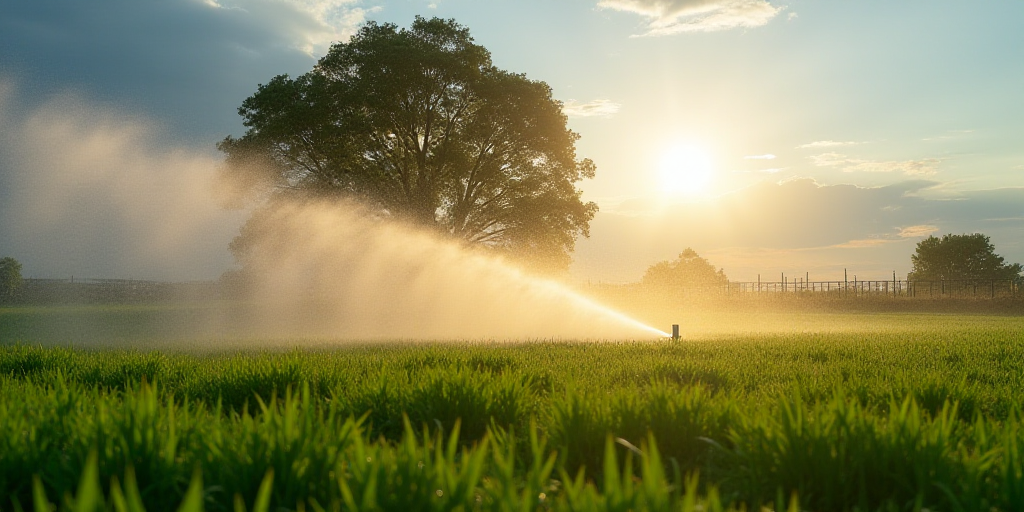The Global Water Crisis and Local Solutions
In an era where the water crisis is perceived as one of the most significant challenges to face in the coming years, Agua Segura, a triple-impact company, proposes a clear and effective approach: the solution is local, and the key lies in collaboration between communities, technology, and the private sector.
Agua Segura’s Model: Collaboration and Technology
Manuel Saurí, CEO and co-founder of Agua Segura, shared his vision and model in an interview with El Economista. The company works directly with communities, involving them from the initial design of each project. This strategy not only ensures acceptance but also transforms residents into key allies.
A Milestone in Guanajuato
Today, this water recovery and resource management specialist has achieved a significant milestone in the state of Guanajuato. In its first year of operations in Mexico, Agua Segura recovered over 334,000 cubic meters of water in the Upper Laja River Basin, surpassing its projected target by 48%. This accomplishment sets a precedent for water management in one of Mexico’s most water-stressed regions.
Technology as an Ally, Not a Replacement
One of the challenges in rural areas is the fear of technology. Many farmers worry that innovation will replace them or be too complex. However, Agua Segura addresses this challenge by presenting technology as a tool for making better decisions.
The company promotes the use of data and satellite information for smart irrigation. Instead of watering out of fear of drought, farmers use data to determine when their soil genuinely needs water. “Our goal is to shift the perspective from ‘we want everyone to make better decisions together,'” explained Saurí.
Agua Segura also integrates nature-based solutions, such as land leveling and improved irrigation infrastructure. Saurí emphasizes that the key is using predictive systems to apply water during critical moments, eliminating “watering out of fear.”
Overcoming Barriers through Local Adoption
To overcome the aforementioned barriers, Agua Segura has developed a strategy focusing on creating “field schools,” where a local farmer adopts the system and demonstrates its benefits, such as water and energy savings, convincing neighbors.
This approach has proven effective, as Saurí explains: “In agriculture and rural areas, people copy what works best from their neighbors. It’s how it spreads.” When neighbors see the economic benefits and improved productivity, the model replicates naturally, proving that technology is not a threat but a path to efficiency and sustainability.
Triple-Impact: Economic, Environmental, and Social
Agua Segura defines itself as a company seeking triple impact: economic, environmental, and social. The company demonstrates that profits can be generated while regenerating ecosystems and improving people’s quality of life.
Through partnerships with large corporations, such as its collaboration with Microsoft, Agua Segura channels investments for water recovery, soil restoration, and access to potable water projects. Its model aims to create a virtuous cycle where market forces drive the common good, ensuring that rural communities directly benefit from these projects.
Long-Term Projects and Holistic Vision
Agua Segura views water challenges as local problems requiring long-term solutions. Its projects are designed with a 5 to 10-year perspective, ensuring that communities implementing improvements directly enjoy the benefits.
In addition to the Guanajuato project, Agua Segura works on other initiatives in Mexico:
- Nevado de Toluca: In collaboration with the organization Tlatoc, a conservation project is underway in 600 hectares to prevent fires and retain moisture by increasing water infiltration in the watershed.
- Access to Potable Water: Technology for ultrafiltration is being implemented in 10 communities to ensure access to safe drinking water for human consumption.
With its arrival in Mexico, Agua Segura aims to contribute its experience and technology to tackle one of the country’s most critical challenges, demonstrating that water recovery is possible when scientific knowledge combines with social and local commitment.






